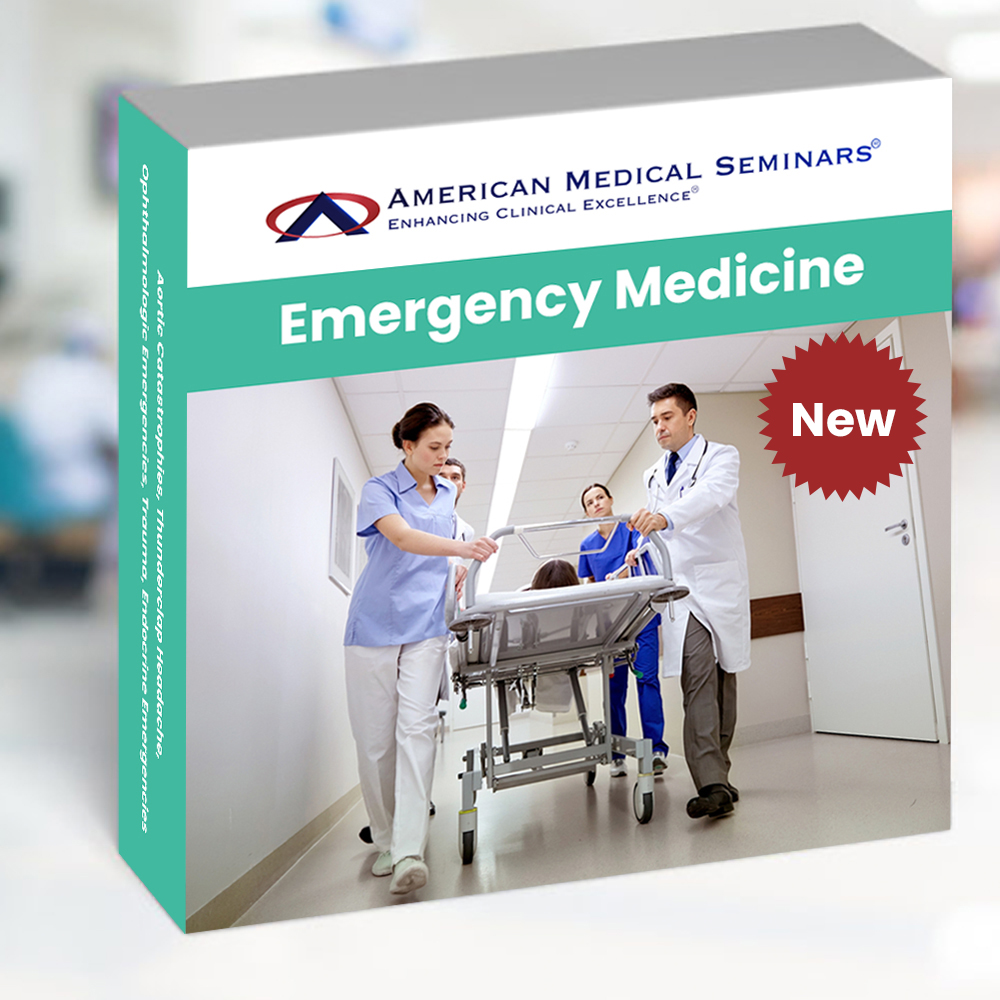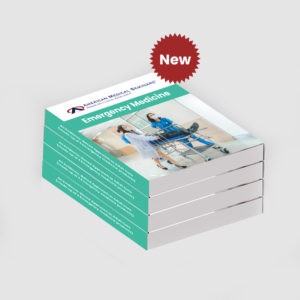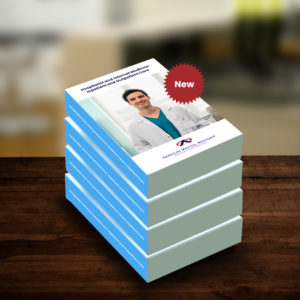Title: Emergency Medicine: Aortic Catastrophes, Thunderclap Headache, Ophthalmologic Emergencies, Trauma, Endocrine Emergencies
Course ID: W-20220418-Emergency Medicine-2
Faculty: Andrew Chang, M.D., M.S., F.A.C.E.P., F.A.A.E.M and Joel Kravitz, M.D., F.A.C.E.P, F.R.C.P.S.C.
Original Release Date: July 1, 2022 Expiration Date: July 1, 2025
TOPIC 1: Aortic Catastrophes (Chang) .
Upon completion of this session, the participant should be able to: GL, COMP
- Implement AAA Screening as per the systematic review of guidelines.
- Determine the Stanford classification of a particular aortic dissection based on location.
- Apply appropriate initial therapy in the patient with aortic dissection.
- Assess the risk of rupture of abdominal aortic aneurysm based on size.
TOPIC 2: The Thunderclap Headache (Chang) .
Upon completion of this session, the participant should be able to: GL, COMP
- Determine characteristics suggesting a thunderclap headache.
- Construct a differential diagnosis beyond subarachnoid hemorrhage in the patient presenting with a thunderclap headache as per the ACEP clinical policy on acute headache.
- Interpret spinal fluid results in the workup of a thunderclap headache.
-
TOPIC 3: Ophthalmologic Emergencies (Kravitz) .
Upon completion of this session, the participant should be able to: GL, COMP
- Develop an algorithm for the differential diagnosis of the red eye.
- Create a diagnostic strategy for sudden monocular and binocular blindness.
- Review the treatment plans for emergent ophthalmic conditions, including glaucoma, and retinal vain and artery occlusions as per the American Academy of Ophthalmology preferred practice pattern guidelines .
- Develop a treatment strategy for ophthalmic trauma.
-
TOPIC 4: Trauma and Orthopedic Pitfalls (Kravitz) .
Upon completion of this session, the participant should be able to: GL, COMP
- Detect subtle injuries that, unless treated, can have impact on long term musculoskeletal function.
- Determine and treat subtle presentation of severe traumatic and neurologic injuries.
- Distinguish particular injury patterns to avoid missing correlated injuries in a traumatically injured patient.
-
TOPIC 5: Endocrine Emergencies (Kravitz).
Upon completion of this session, the participant should be able to: GL, COMP
- Develop, using the lated evidence and the ADA position statement, a comprehensive treatment plan for diabetic ketoacidosis (DKA).
- Compare and contrast DKA and hyperosmolar non-ketotic states (HHNK).
- Detect adrenal insufficiency and formulate an efficient treatment plan.
- Construct treatment algorithms as per the AACE guidelines, for the management of thyrotoxicosis, hyperthyroidism, and thyroid storm.
- The receipt for any incentive-associated purchase will designate the value of the gift card separately from the cost of the learning activity.
- This incentive may have implications on your tax reporting obligations. Any reimbursed amount must be declared as personal income for tax purposes.



